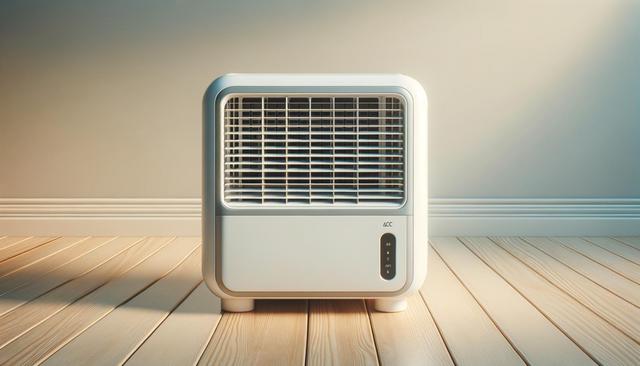Understanding the Basics of Portable AC Units
Portable air conditioning units are self-contained systems designed to cool individual rooms or areas. Unlike central air systems or window units, a portable AC is easy to move and install, making it an appealing option for renters, small apartment owners, or anyone needing supplemental cooling. These devices typically consist of a compressor, a fan, and a hose that vents hot air outside. Many models feature programmable timers, adjustable thermostats, and remote controls for added convenience.
The main benefit of a portable AC unit lies in its flexibility. Whether you’re working from home, living in a dorm, or setting up a temporary office space, you can take your cooling system with you. Some users also choose portable units as a temporary solution during home renovations or when central air systems are under repair.
Key Features to Consider When Choosing a Portable Unit
When selecting a portable AC unit, there are several important factors to consider to ensure you’re getting the right product for your needs. These include:
- Cooling Capacity: Measured in BTUs (British Thermal Units), this determines how large a space the unit can cool. Generally, a unit with 8,000 to 14,000 BTUs is suitable for rooms between 200 to 500 square feet.
- Single vs. Dual Hose: Dual-hose units tend to cool more efficiently by drawing in and expelling air through separate hoses.
- Energy Efficiency: Look for models with energy-saving modes and Energy Star ratings to reduce electricity consumption.
- Noise Level: Some units are quieter than others, which can be important for bedrooms or offices.
- Drainage and Maintenance: Many units have self-evaporating systems, but some may still require manual water drainage.
Understanding these features can help narrow down your options and ensure you find a unit that balances performance, convenience, and efficiency.
Installation and Setup: What You Need to Know
Setting up a portable air conditioner is generally straightforward, but it does require some preparation. Most units come with a window venting kit, which includes a panel that fits into your window opening and a hose that connects the unit to the outside. This setup allows the hot air to be expelled from the room, which is essential for the cooling process to work efficiently.
Here’s a quick overview of the installation process:
- Place the unit near a suitable window and an electrical outlet.
- Attach the exhaust hose to the back of the unit and secure the other end to the window panel.
- Adjust the window panel to fit snugly into the window opening and close the window to hold it in place.
- Plug in the unit and turn it on to begin cooling.
Depending on the model, you may also need to set up a drainage system for excess moisture. Some units include a drain hose or require manual emptying of a water collection tank. Always consult the user manual for model-specific instructions.
Performance and Efficiency in Different Environments
Portable AC units perform differently depending on the room’s layout, insulation, and environmental conditions. For example, rooms with direct sunlight or poor insulation may require a unit with higher BTU capacity to maintain a comfortable temperature. Meanwhile, smaller, shaded rooms might cool quickly with a more modest unit.
To maximize efficiency, consider these tips:
- Close doors and windows while the unit is operating to prevent cool air from escaping.
- Use blackout curtains or blinds to reduce heat from sunlight.
- Clean or replace filters regularly to maintain airflow and prevent strain on the system.
- Position the unit so that the airflow isn’t obstructed by furniture or walls.
Even the most powerful portable unit can struggle in extreme heat without proper support, so combining the AC with other cooling strategies can make a noticeable difference.
When a Portable AC Unit Makes the Most Sense
There are various scenarios where a portable AC unit is a practical choice. If you’re living in an apartment where installing a window unit is not permitted, or if you’re in a historic building without central air, a portable unit can be a lifesaver. They’re also ideal for homeowners who want to cool specific rooms rather than running a whole-house system, which can be more expensive and energy-intensive.
Other suitable use cases include:
- Temporary spaces like garages, workshops, or sheds
- Supplemental cooling in rooms that don’t get enough airflow from central systems
- Vacation homes or cabins without permanent cooling infrastructure
- Event spaces or pop-up shops during warm seasons
In addition to being functional, many portable AC units are designed with aesthetic considerations in mind, offering a sleek look that blends into various interiors. Their portability and adaptability make them a go-to solution for those needing flexible, localized cooling without permanent installation.




Leave a Reply